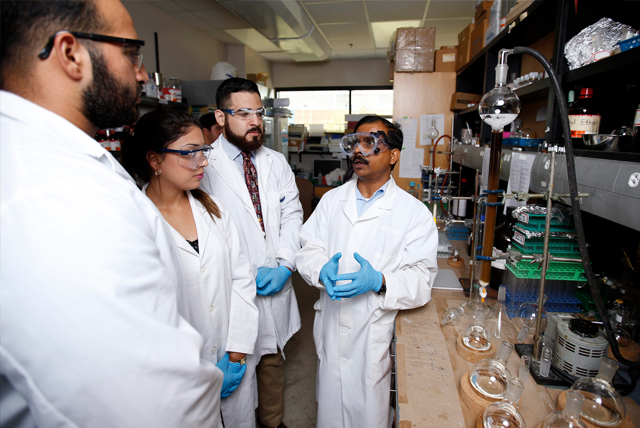Document Type
Article
Publication Date
1-2020
Abstract
The field of nanotechnology has been gaining great success due to its potential in developing new generations of nanoscale materials with unprecedented properties and enhanced biological responses. This is particularly exciting using nanofibers, as their mechanical and topographic characteristics can approach those found in naturally occurring biological materials. Electrospinning is a key technique to manufacture ultrafine fibers and fiber meshes with multifunctional features, such as piezoelectricity, to be available on a smaller length scale, thus comparable to subcellular scale, which makes their use increasingly appealing for biomedical applications. These include biocompatible fiber-based devices as smart scaffolds, biosensors, energy harvesters, and nanogenerators for the human body. This paper provides a comprehensive review of current studies focused on the fabrication of ultrafine polymeric and ceramic piezoelectric fibers specifically designed for, or with the potential to be translated toward, biomedical applications. It provides an applicative and technical overview of the biocompatible piezoelectric fibers, with actual and potential applications, an understanding of the electrospinning process, and the properties of nanostructured fibrous materials, including the available modeling approaches. Ultimately, this review aims at enabling a future vision on the impact of these nanomaterials as stimuli-responsive devices in the human body.
Recommended Citation
Azimi, B., Milazzo, M., Lazzeri, A., Berrettini, S., Uddin, M. J., Qin, Z., Buehler, M. J., & Danti, S. (2020). Electrospinning Piezoelectric Fibers for Biocompatible Devices. Advanced healthcare materials, 9(1), e1901287. https://doi.org/10.1002/adhm.201901287
Publication Title
Advanced Healthcare Materials
DOI
10.1002/adhm.201901287
Included in
Analytical, Diagnostic and Therapeutic Techniques and Equipment Commons, Chemistry Commons, Health Information Technology Commons



Comments
© 2019 WILEY-VCH Verlag GmbH & Co. KGaA, Weinheim. Original published version available at https://doi.org/10.1002/adhm.201901287